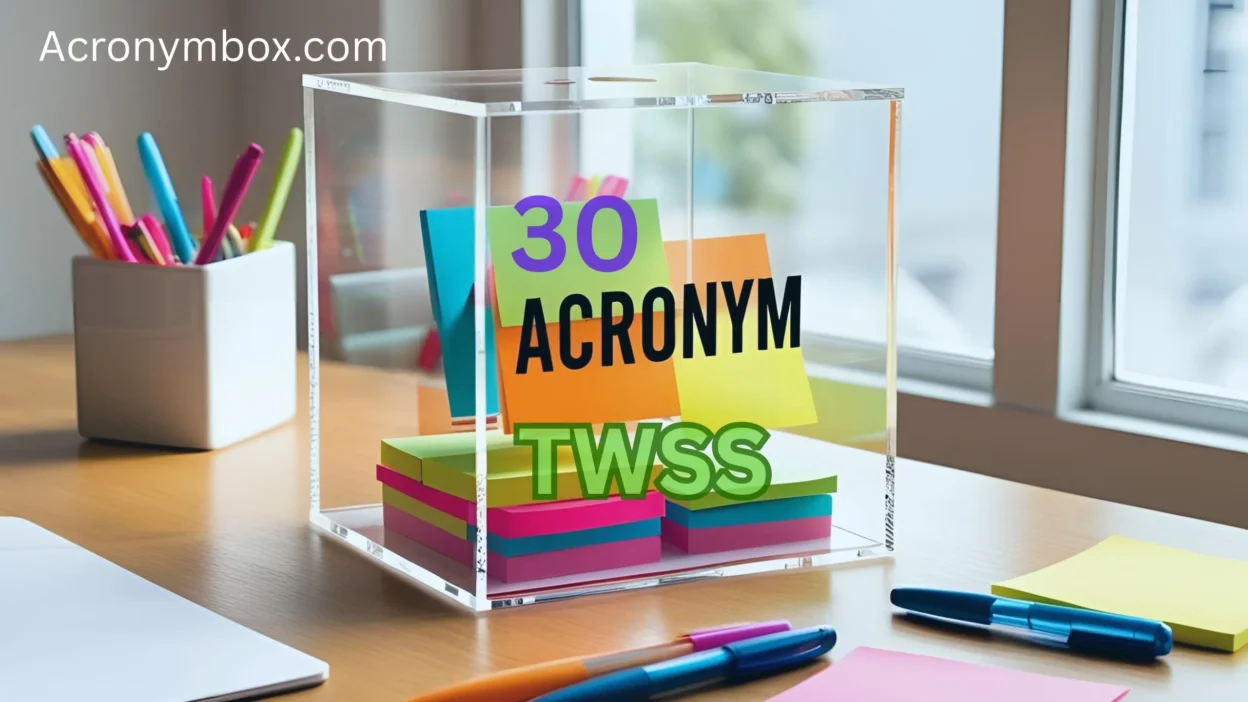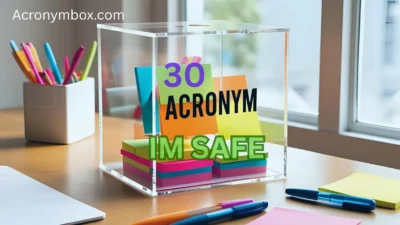If you’ve ever heard someone say “TWSS” in a conversation and the room suddenly burst into laughter, you’re not alone. The acronym TWSS stands for “That’s What She Said.” Often used as a quick, cheeky joke after a potentially suggestive or ambiguous comment, it plays on innuendo, timing, and social humor.
But here’s the twist—TWSS isn’t just a joke. It represents a style of humor that is witty, bold, spontaneous, and sometimes flirtatiously sarcastic. Think of it as a linguistic wink—an expression of quick, playful banter.
This article explores 30 alternatives to TWSS, explaining when and how to use them, while diving into the emotional tones, contexts, and cultural cues that make each one shine. Whether you’re looking to vary your punchlines or avoid overusing TWSS, this guide will keep your humor sharp, fun, and socially smart.
💬 What TWSS Really Represents
At its core, TWSS is:
- Suggestive – Implying double meaning (often of a sexual nature).
- Playful – It’s a joke, not a jab.
- Spontaneous – Timing is everything.
- Lightly edgy – It skirts the line between innocent and risqué.
- Cultural – Popularized by TV shows like The Office, especially by Michael Scott.
🎭 30 Alternatives to TWSS (That Still Bring the Laughs)
Here are 30 phrases, acronyms, or expressions you can use instead of TWSS—each with its own tone, context, and social flair.
1. That’s What HE Said
Gender-flipped version; still playful.
“Well… that’s what HE said.”
2. TWTS (That’s What They Said)
Gender-neutral and inclusive.
“You said it, TWTS style!”
3. Classic!
Implying “you walked into that one.”
“Classic! You totally set that up.”
4. Oh really?
A sly, sarcastic prompt.
“It was so hard to handle… Oh really?”
5. Insert innuendo here
Breaks the fourth wall of the joke.
“It just kept going… insert innuendo here.”
6. If you know what I mean
Old-school but timeless.
“It got tight real quick… if you know what I mean.”
7. That’s what she might have said
Adds a cheeky uncertainty.
“Slipped right in… that’s what she might’ve said.”
8. Say no more
Hints at the double meaning.
“It was deep… say no more.”
9. Ayo!
Slang reaction, popular in Gen Z culture.
“It just exploded all over—AYO!”
10. Pause
Used especially in hip-hop or urban slang to halt and highlight innuendo.
“It came out fast… pause.”
11. Spicy!
A fun, flirtatious reaction.
“It went in smooth… spicy!”
12. Mic drop
Used when someone lands an accidental zinger.
“It only lasted five seconds… mic drop.”
13. You walked into that one
Gentle tease.
“It was so stiff… you walked into that one.”
14. Boom.
Simple, confident punchline.
“Did it without using my hands… boom.”
15. Rated PG-13
For calling out subtle dirty jokes.
“It fit perfectly… rated PG-13.”
16. Oh my!
Sarcastic or old-fashioned twist.
“It got really wet… oh my!”
17. Let that sink in
Funny way to make it linger.
“It just wouldn’t come out… let that sink in.”
18. You said that, not me
Dodging responsibility for the innuendo.
“It went deeper than expected… you said that, not me.”
19. Flag on the play!
Football metaphor for saying “foul.”
“He went in from the back… flag on the play!”
20. Mark that!
Popular among podcasters or editors; “clip-worthy moment.”
“I did it with one hand… mark that!”
21. Out of context, that’s wild
Acknowledges how a line sounds out of its original intent.
“I couldn’t get it in—out of context, that’s wild.”
22. Zinger!
Playful term for a clever or risqué line.
“Hit it from behind… zinger!”
23. It writes itself
Used when innuendo practically creates a joke.
“It came up fast—this joke writes itself.”
24. Are we still talking about…?
Pretends confusion about the subject.
“It lasted only two minutes… are we still talking about dinner?”
25. Oh, behave!
British cheeky tone, popularized by Austin Powers.
“She handled it like a pro… oh, behave!”
26. Smooth move
Acknowledges slickness with a grin.
“Slid in perfectly… smooth move.”
27. Double meaning alert!
Calls attention to layered interpretation.
“I needed both hands—double meaning alert!”
28. Don’t make it weird
Ironic way of highlighting something already weird.
“It got tighter the more I pushed… don’t make it weird.”
29. Could be taken the wrong way…
Softens the risqué interpretation.
“I sucked it right out—could be taken the wrong way.”
30. TWSS (but quietly)
A meta version for subtle delivery.
“It barely fit… TWSS (but whisper it).”
🧠 Choosing the Right Humor for the Right Setting
Using humor like TWSS and its alternatives requires social awareness. Here’s how to navigate tone and context:
- Professional settings? Use subtle versions: “Oh really?”, “Say no more”, or “Classic.”
- With close friends? Go bold: “AYO!”, “Pause”, or “Boom.”
- Trying not to offend? Use irony: “Insert innuendo here” or “Don’t make it weird.”
- In writing? Meta options like “Out of context, that’s wild” keep it clever and safe.
Different cultures and age groups perceive innuendo differently. For example:
- In Western humor, TWSS is mainstream and expected in sitcoms.
- In Asian or conservative cultures, subtle humor like “Oh my!” or “You said that, not me” works better.
✅ Conclusion
The TWSS acronym opened the door for a whole category of spontaneous, suggestive humor—but it’s just one tool in a bigger comedic toolbox. Whether you’re writing, joking with friends, or keeping it light at work, these 30 alternatives give you more ways to be witty without being repetitive.
The key is knowing your audience, timing, and tone. Humor is connection, and when it’s done right, even the cheekiest joke can bring people closer.
So the next time someone says something like “It only fits when I push hard,” you’ve got 30 clever comebacks ready.
Discover More Articles:
- What Does PMO Mean in Text? Clear Explanation
- What Does SCHOOL Really Stand For? Unpacking the Acronym!
- Discover What Tralalero Tralala Really Means Today




